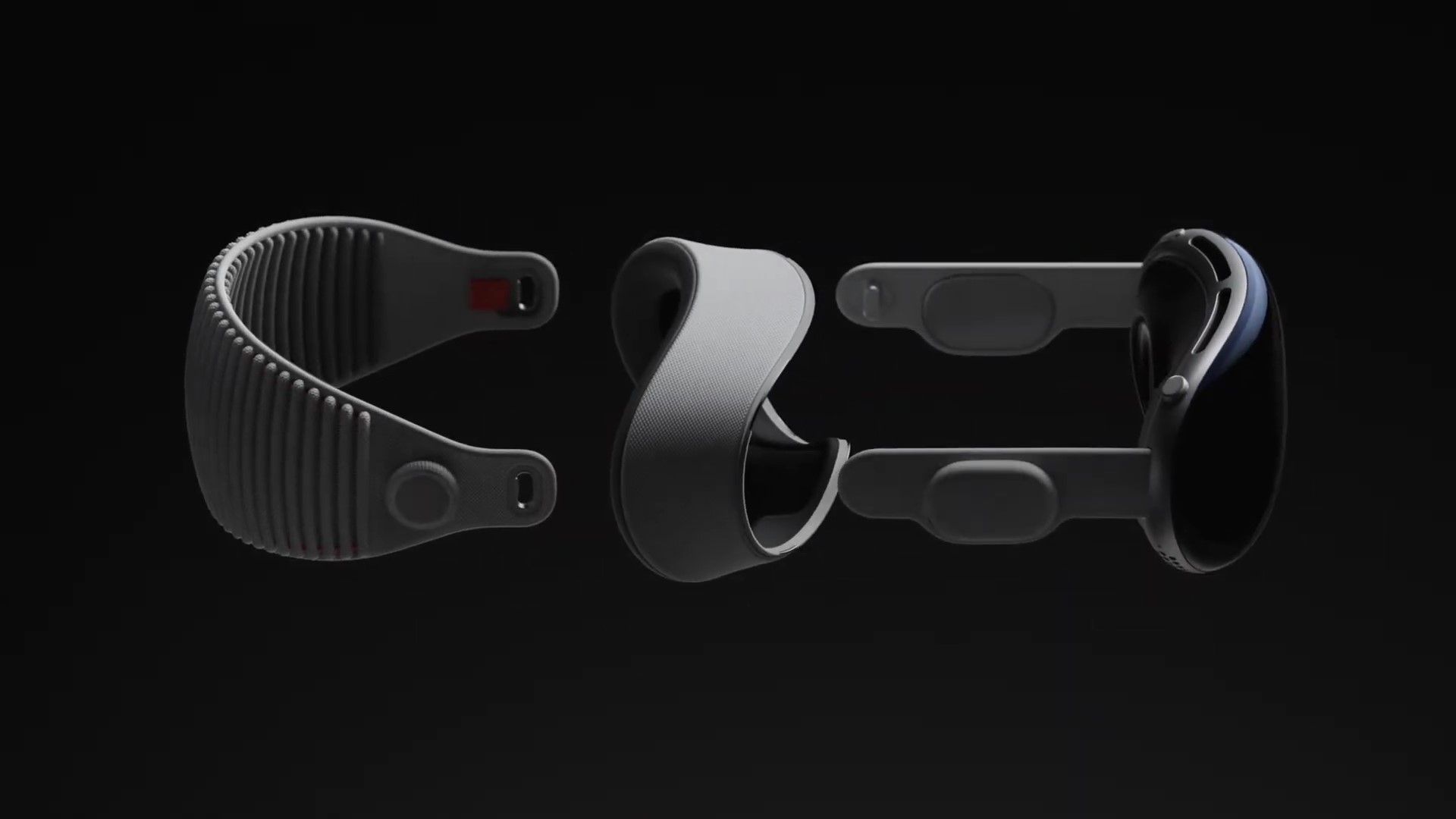Apple reportedly can’t make more than half a million Vision Pro headsets per year.
South Korean tech news outlet The Elec cites “sources” saying Sony, the supplier of Vision Pro‘s ultra high resolution OLED microdisplays, can’t manufacture more than 900,000 displays per year. Apple needs two displays per headset, so this bottleneck would impose severe limitations on how many Vision Pros can be produced.
This corroborates earlier reporting from The Information’s Wayne Ma last month, and could be a major reason for Apple’s $3500 price point. For comparison, Mark Zuckerberg told staff Meta has sold “tens of millions” of Quest headsets.
The Elec’s report claims Apple asked Sony to expand production but was refused. Though the report doesn’t say why, it’s likely Sony just can’t profitably scale up production that quickly.
OLED microdisplays are manufactured directly onto silicon wafers with a process very different to smartphone or TV-sized OLED panels. While the technology itself isn’t new, it’s currently only used in low volume products like high-end camera viewfinders and in some industrial smart glasses. Mass production fabs for OLED microdisplays are only just coming online this year.
Two niche PC-based SteamVR headsets set to launch this year feature 2560×2560 OLED microdisplays, the $1000 Bigscreen Beyond and the $1700 Shiftall MeganeX. Each are using Chinese startup suppliers, SeeYA Technology and Lakeside Optoelectronics respectively.
But the Sony-supplied microdisplays used in Vision Pro are much higher density. Apple said the two displays together have 23 million pixels, which would equate to around 3400×3400 for a square aspect ratio, or around 3680×3140 for the 7:6 aspect ratio the marketing renders show.
In January Wayne Ma reported Apple is working on a more affordable headset it could release in 2025. But to achieve this, if the supply constraint reports are accurate, Apple will need to find other OLED microdisplay suppliers, get Sony to dramatically scale up its production, or both.
In 2021 LG announced it was building 3K and 4K OLED microdisplays for VR, and last month Samsung announced an acquisition of American microdisplay company eMagin, which was also building a 4K OLED microdisplay for VR, citing “significant potential of growth” in XR devices.
Apple may end up clashing with Meta for supply though – Mark Zuckerberg’s company was reportedly in talks with both LG and Samsung as of November to secure microdisplays for its own future headsets and glasses.





